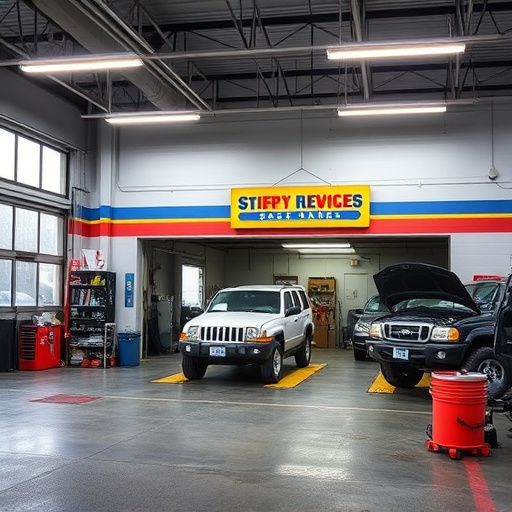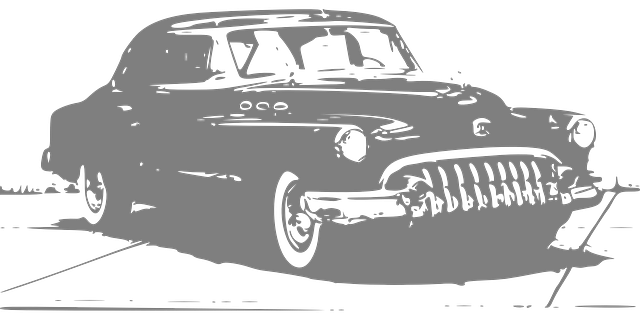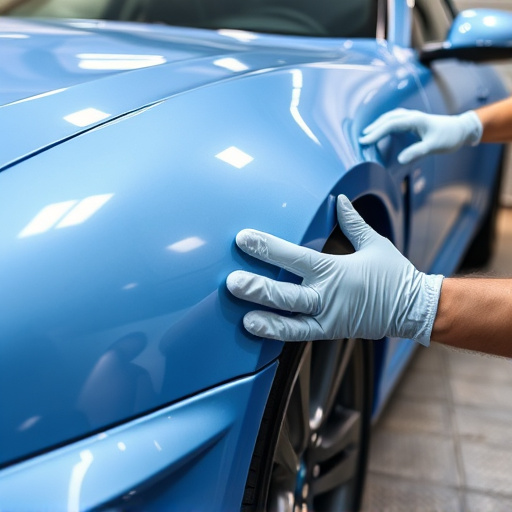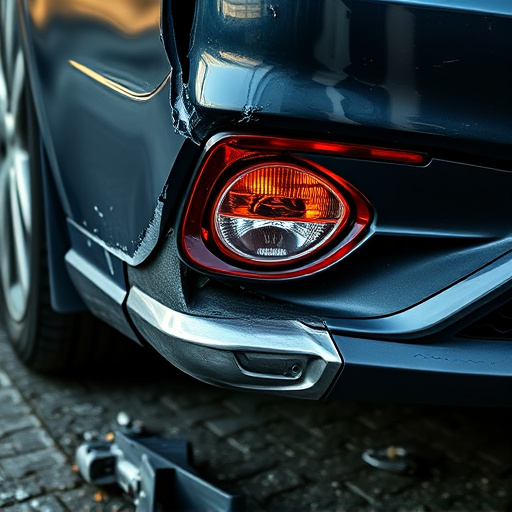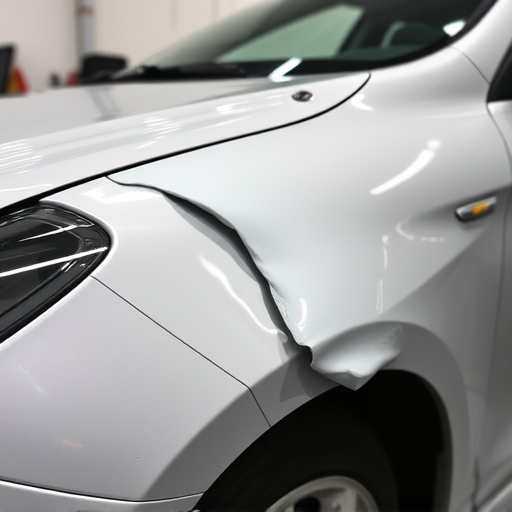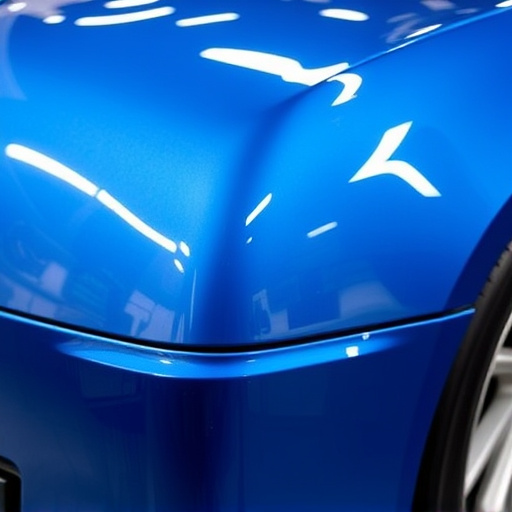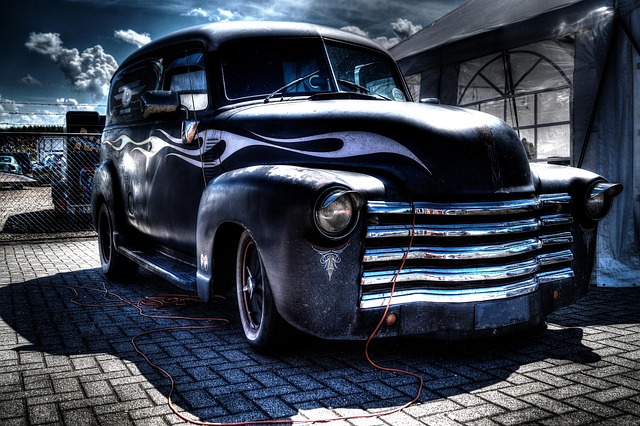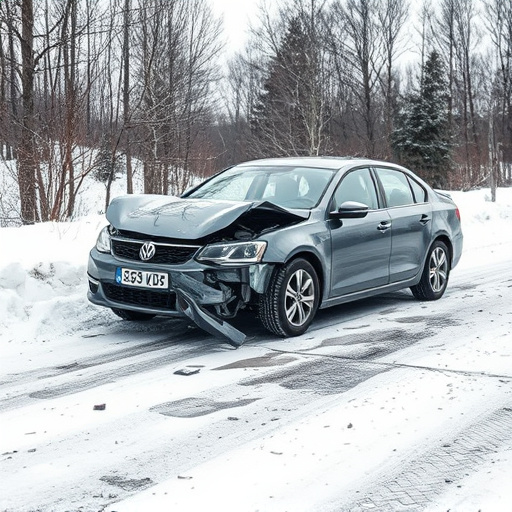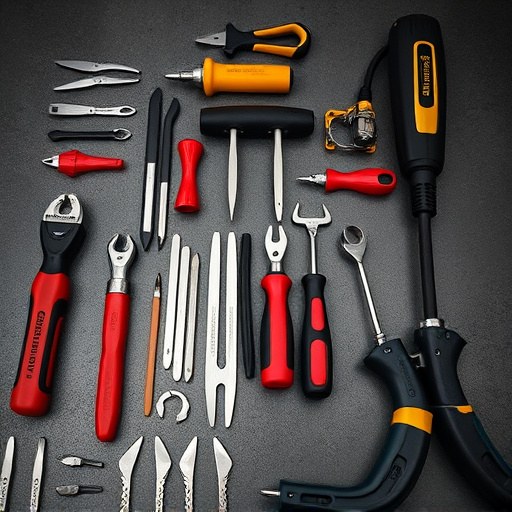Tesla vehicles require regular interior trim repair due to wear and tear, with common issues including cracked plastic, loose trim, and faded fabrics. Early detection is key for maintaining aesthetics and vehicle value. DIY repairs are possible with correct parts, tools, and step-by-step guides. Post-service inspections ensure quality installation and functionality, enhancing customer satisfaction and body shop reputation.
Tesla vehicles are renowned for their cutting-edge technology and sleek design, but even these high-end cars aren’t immune to issues. One common problem owners face is damage or deterioration to the interior trim. This article guides you through understanding and addressing these issues with a step-by-step DIY approach. We also emphasize the importance of post-service inspections to ensure top-quality repairs that enhance your Tesla’s longevity. By learning how to maintain and repair your vehicle’s interior, you can keep your Tesla not just running smooth, but looking its best.
- Understanding Tesla Interior Trim Common Issues
- Step-by-Step Guide to DIY Trim Repair
- Post-Service Inspection: Ensuring Quality and Longevity
Understanding Tesla Interior Trim Common Issues

Tesla vehicles are renowned for their cutting-edge technology and sleek design, but like any other car, they’re not immune to interior wear and tear over time. Understanding common issues with Tesla interior trim is key to maintaining its aesthetics and functionality. One frequent problem is damage to the delicate plastic components, such as cracks or breaks in door panels, center consoles, and dashboard parts. These can occur due to impact, extreme weather conditions, or even everyday use, leading to an unsightly appearance that may affect the overall driving experience.
Additionally, poor installation or aging materials can result in loose trim pieces, visible gaps, or misaligned components. Other issues might include faded or discolored interior fabrics, especially in areas prone to direct sunlight exposure. Prompt recognition of these problems is vital for efficient Tesla interior trim repair. Regular maintenance and post-service quality inspections can help identify and address these concerns early on, ensuring your vehicle retains its premium feel and value.
Step-by-Step Guide to DIY Trim Repair

Performing Tesla interior trim repair can be a cost-effective solution for minor damage and allows you to maintain your vehicle’s aesthetic appeal. Here’s a step-by-step guide for DIY enthusiasts:
1. Identify the Damage: Carefully inspect the affected area, pinpointing cracks, chips, or breaks in the trim pieces. This could be on doors, dashboards, or other interior surfaces.
2. Gather Materials: Source high-quality replacement parts designed specifically for your Tesla model. Online retailers offer a range of options, from simple repair kits to complete trim sets. You’ll also need basic tools like a utility knife, sandpaper, and adhesive suitable for automotive interiors.
3. Preparation: Ensure the vehicle body is clean and dry. Remove any loose debris or old adhesives using the appropriate tools. Prepare your workspace by laying out all necessary materials for easy access during the repair process.
4. Trim Removal and Replacement: Carefully disassemble the damaged trim piece, following manufacturer instructions. Clean the area around the removal site. Insert the new trim, ensuring it fits snugly. Apply adhesive as per the product guidelines and secure the trim in place.
5. Finishing Touches: Once the adhesive has set, sand any rough edges for a smooth finish. Use a suitable touch-up paint to match your Tesla’s interior color, applying thin coats until the damaged area is evenly matched.
Post-Service Inspection: Ensuring Quality and Longevity

Post-service inspections play a vital role in ensuring the quality and longevity of Tesla interior trim repairs. After any repair or service, it’s crucial to conduct thorough checks to verify that all components have been accurately replaced and reinstalled. This meticulous process involves inspecting every detail, from the fitment of panels to the functionality of various features, guaranteeing that the vehicle returns to its optimal state.
By implementing rigorous post-service quality inspections, potential issues can be identified early on, preventing more serious problems down the line. This not only enhances customer satisfaction but also underscores the commitment to delivering top-notch body shop services and collision damage repair, ensuring Tesla owners receive the best possible care for their vehicles.
In conclusion, effectively addressing Tesla interior trim repairs and implementing rigorous post-service quality inspections are key to maintaining the vehicle’s aesthetic appeal and long-term performance. By understanding common issues and following a comprehensive DIY guide or relying on professional services, owners can ensure their Teslas remain in top condition. Regular inspection is vital to catch potential problems early, thereby safeguarding the investment and driving experience.
